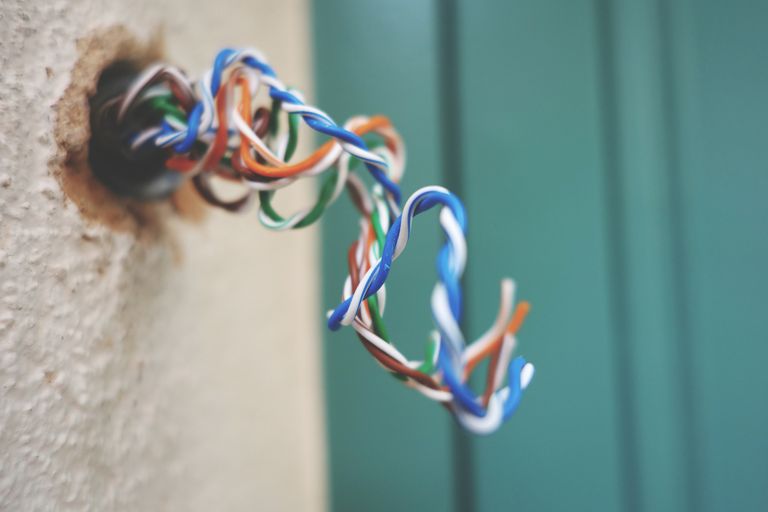How to Hide or Disguise Speaker Wire in and Around the Home
Living spaces come in different shapes and sizes, each offering unique opportunities for creative interior design. But deciding on an ideal, functional layout can prove a bit of a challenge when speakers are thrown into the mix. If you want to get the best performance from your stereo system, location matters for all the equipment and furniture involved. And if you’re thinking about planning a whole home or multi-room music system and/or using surround sound speakers, you can expect to have wires running through the house.
As much as many of us would love to have all cords/wires immediately out of sight, this isn’t always the case. At least not at first. It often takes a little extra effort to hide or disguise speaker wires so that they are less noticeable and/or not a tripping hazard. There are a number of ways to accomplish this task (you’re free to mix and match), some of which will be better suited than others, depending on your home layout. And it’s possible to also hide some power cords, too.
Managing Wires
:max_bytes(150000):strip_icc():format(webp)/orbaudiooptionalaccessories-xxx-580e78295f9b58564ce14812.jpg)
Cover With Rugs or Runners
:max_bytes(150000):strip_icc():format(webp)/GettyImages-595312714-58a495943df78c4758b02143.jpg)
Tuck Between Carpets and Baseboards
:max_bytes(150000):strip_icc():format(webp)/GettyImages-171264666-58a497113df78c4758b163aa.jpg)
Camouflage With Paint
:max_bytes(150000):strip_icc():format(webp)/GettyImages-109434663-58a49fc13df78c4758bbcc49.jpg)
:max_bytes(150000):strip_icc():format(webp)/GettyImages-608979977-58a4a1783df78c4758be94e1.jpg)
:max_bytes(150000):strip_icc():format(webp)/61tEjJ3R0uL._SL1200_-58a4a5913df78c4758c46e6d.jpg)
Use Flat Adhesive Speaker Wire
:max_bytes(150000):strip_icc():format(webp)/51MW24O4O6L._SL1000_-58a4a8353df78c4758c8c411.jpg) If you want truly invisible yet permanent wire placement – shy of cutting holes and installing wires through walls – then flat speaker wire may be the way to go. This type of wire, such as Sewell’s Ghost Speaker Wire, looks and deploys like a roll of ribbon or packaging tape. A peel-away backing exposes the industrial-strength adhesive side, which applies to most any flat surface. Since this wire is flexible and super thin, you’ll have no problems going around corners. The side that faces out is perfectly paintable to match the color of wall or baseboard.
If you want truly invisible yet permanent wire placement – shy of cutting holes and installing wires through walls – then flat speaker wire may be the way to go. This type of wire, such as Sewell’s Ghost Speaker Wire, looks and deploys like a roll of ribbon or packaging tape. A peel-away backing exposes the industrial-strength adhesive side, which applies to most any flat surface. Since this wire is flexible and super thin, you’ll have no problems going around corners. The side that faces out is perfectly paintable to match the color of wall or baseboard.:max_bytes(150000):strip_icc():format(webp)/GettyImages-183819169-58a4a8db5f9b58819ceee6da.jpg)
:max_bytes(150000):strip_icc():format(webp)/GettyImages-172281163-58a4aa205f9b58819cefd821.jpg)

